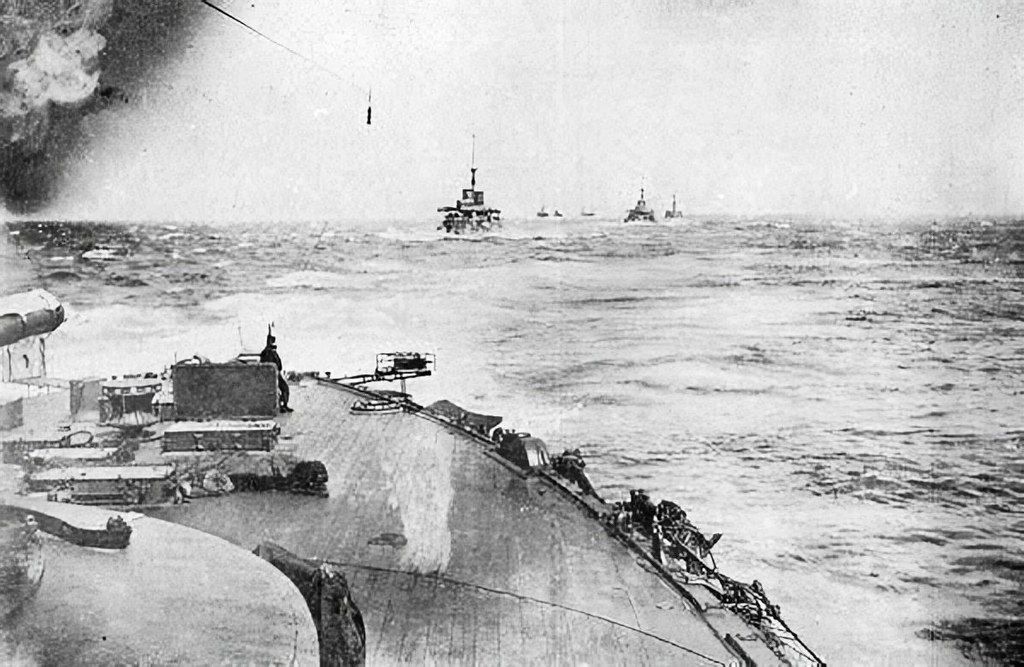The Battle of Tsushima stands as one of the greatest, if not the most devastating defeat in the history of the Russian fleet. This crushing loss occurred during the Russo-Japanese War of 1904-1905, and its catastrophic impact was so immense that it compelled Tsar Nicholas II to initiate peace negotiations within just three months. The battle, marked by its groundbreaking naval strategies and tactics, reshaped naval warfare and signaled a significant shift in global naval power. It not only altered the course of the war but also left an indelible mark on international relations and military strategy in the early 20th century.
The Battle of Tsushima, a pivotal naval clash, unfolded on the 27th and 28th of May, 1905. Numerous detailed accounts of this battle are available online and in various publications, offering almost hour-by-hour descriptions of the events. However, in this blog post, our focus is not on replicating these detailed chronologies. Instead, we aim to ponder two critical aspects: why the Russian fleet was seemingly defeated before the battle even began, and how, despite this looming defeat, the Russian naval journey to the battleground itself was a remarkable feat.
Joining the Far-Eastern Conflict: The Baltic Fleet’s Odyssey
The Baltic Fleet’s participation in the Russo-Japanese War marked a significant chapter in naval history. Commanded by the seasoned Admiral Zinovy Petrovich Rozhestvensky, the fleet embarked on an arduous journey of approximately 29,000 kilometers. Setting sail in October 1904 and reaching the Pacific by May 1905, this voyage was not just a display of naval capability but a critical strategic move to reinforce Russian forces in the Far East.
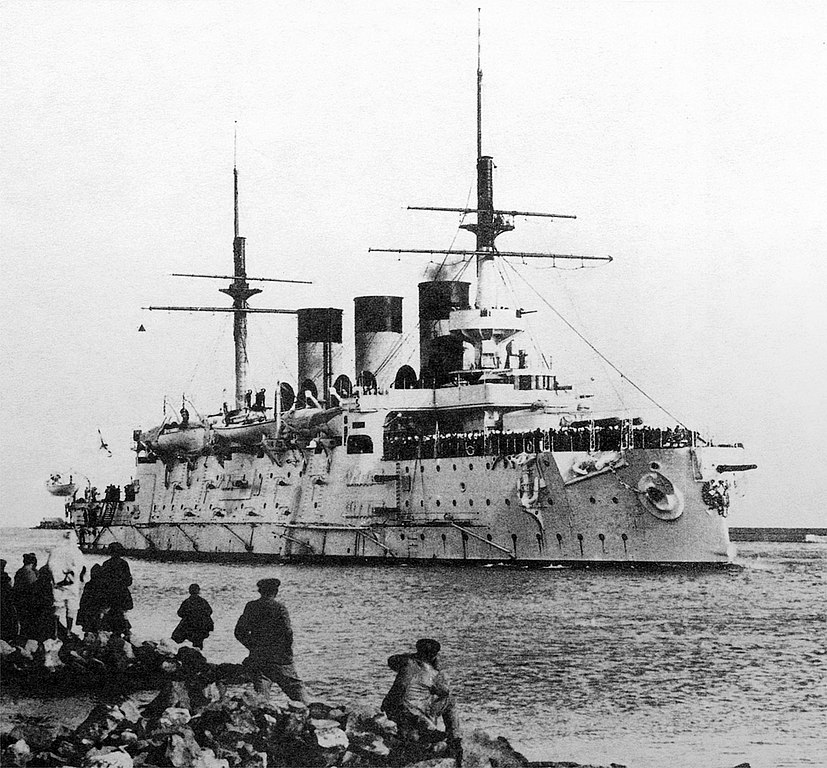
Traversing the Baltic Sea, circumnavigating the Cape of Good Hope, and crossing the Indian Ocean to the Pacific, the fleet faced numerous logistical and geopolitical challenges. The daunting distance required frequent stops for coal and supplies in a world fraught with tension due to the ongoing conflict. These necessities often led to delays and shortages, adding complexity to the fleet’s voyage.
One significant incident that marked this journey was the Dogger Bank affair in October 1904, where the fleet, mistaking British fishing vessels for Japanese naval forces, engaged in a premature attack. This near-catastrophic error almost led to a diplomatic crisis with Britain, further straining international relations. Throughout their expedition, the ever-present risk of Japanese attacks kept the fleet in a constant state of vigilance and paranoia.
Amidst these external challenges, the political unrest back in Russia added another layer of complexity. As the fleet progressed towards its destination, the 1905 Russian Revolution began unfolding. This revolution, fueled by widespread dissatisfaction with the Tsarist regime, significantly affected the sailors’ and officers’ morale. The instability at home and the waning power of the Tsar infused the fleet with uncertainty and doubt about the very cause they were fighting for. This internal turmoil had a profound impact on the fleet’s morale as they approached the pivotal Battle of Tsushima in May 1905.
A Prelude to Defeat: Analyzing the Russian Fleet’s Disadvantages
The stage for the Russian Baltic Fleet’s defeat was set well before the Battle of Tsushima. In every aspect, the Russian fleet was inferior to its Japanese counterpart, commanded by Admiral Togo. Firepower-wise, the Russian fleet was significantly weaker, boasting only 49 heavy guns and 174 medium artillery pieces compared to the Japanese’s 61 and 379, respectively. Moreover, the Japanese fleet had the upper hand in terms of combat experience, having already engaged in multiple conflicts against the First Pacific Squadron, unlike the Baltic Fleet, which was entering its first battle under extremely unfavorable conditions.
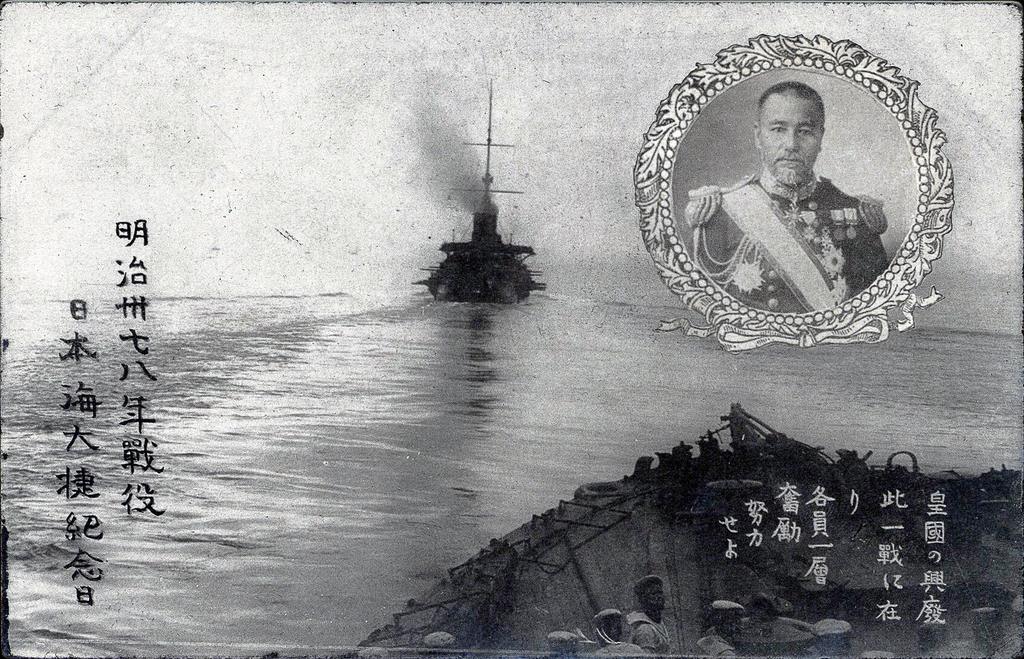
The fleet, led by Vice Admiral Rozhestvensky, was crippled by its insufficient supply chain, especially concerning its base in Vladivostok. Hindered by a mix of ship types, including obsolete units with worn-out boilers and unreliable machinery, the fleet’s speed was drastically reduced. The long journey and delays in tropical regions led to fouling of the ships’ hulls, further decreasing their speed to a mere ten knots, compared to the Japanese fleet’s sixteen. This significant disparity allowed the Japanese to impose their tactics in the upcoming battle and effortlessly counter any maneuvers attempted by the Russians.
Vice Admiral Rozhestvensky was acutely aware of the dire situation and the fleet’s weaknesses, leading him to seek dismissal from his command, which was denied. The Russian fleet’s composition was not only a mix of outdated units, but its officers and crews lacked combat experience and were poorly trained. Additionally, the ships, overloaded with coal near the combat zone, had a draft two meters greater than normal, compromising their stability and further diminishing their combat effectiveness.
These factors collectively sealed the fate of the Russian Baltic Fleet, rendering its defeat not just a possibility, but an inevitability.
The losses of the Russian side were catastrophic compared to those of the Japanese. Of the eight Russian battleships, six were sunk, and two were captured. Of the six cruisers, two were destroyed, one reached Vladivostok, and three were disarmed in Manila. All three Russian armored cruisers and an auxiliary cruiser were sunk. Of the nine destroyers, five were sunk, one was captured, one was disarmed in Shanghai, and two reached Vladivostok. Of the fleet’s transports, three were sunk, two disarmed in Shanghai, and one returned to Russia; of the three hospital ships, the Japanese captured one and released another. The Russians suffered over 5,000 deaths and 6,000 captured, while the Japanese had only 116 fatalities.
Admiral Rozhestvensky’s Capture and Encounter with Admiral Togo
Vice Admiral Zinovy Rozhestvensky, the commander of the Russian Baltic Fleet, faced a dire fate in the aftermath of the Battle of Tsushima. During the battle, he was severely wounded and his flagship, the battleship Knyaz Suvorov, was heavily damaged. As the Russian ships were decimated by the Japanese fleet, Rozhestvensky was transferred to the destroyer Buinyi to continue commanding. However, after Buinyi was also damaged, he was left with no choice but to transfer yet again, this time to the torpedo boat Bedovy. Unfortunately, Bedovy was soon intercepted by the Japanese, leading to Rozhestvensky’s capture.
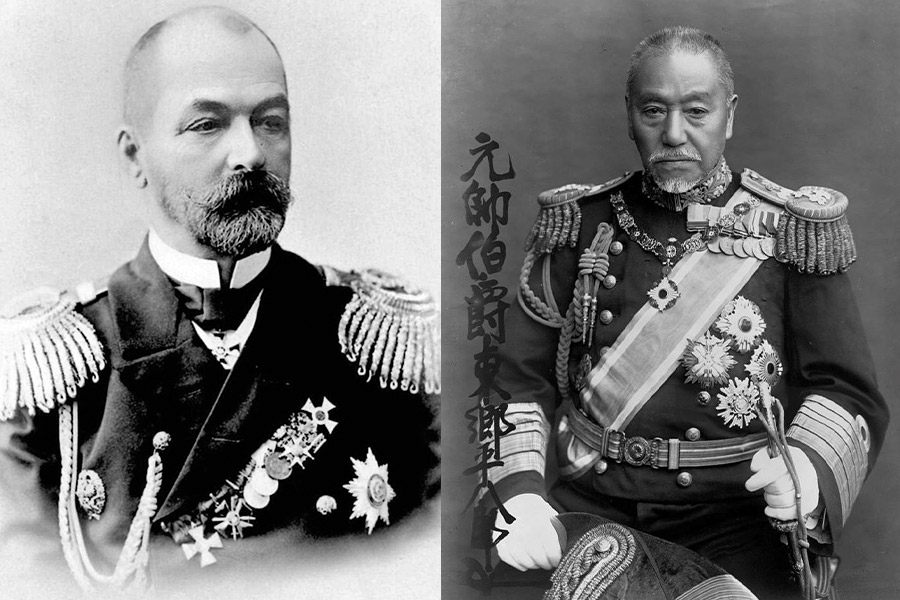
Following his capture, Rozhestvensky was treated with respect and honor by the Japanese. In a remarkable display of military chivalry, he was visited by the victorious Japanese Admiral, Heihachiro Togo. Togo, who had masterminded the Japanese naval strategy and led them to their overwhelming victory, paid a visit to Rozhestvensky while he was recovering in a Japanese hospital. This meeting between the two admirals, adversaries in war yet sharing a mutual respect as naval officers, is often highlighted as an exemplar of the chivalrous conduct between military leaders of that era.
Last Stand of the Knyaz Suvorov: A Tale of Valor and Defiance
The final chapter recounts the valiant struggle of the Russian battleship Knyaz Suvorov during the Battle of Tsushima. The Knyaz Suvorov, serving as the flagship of Admiral Rozhestvensky, played a pivotal role in the battle. Despite being outgunned and facing overwhelming odds, the crew of the Suvorov demonstrated extraordinary bravery and resilience. As the battle raged, the Suvorov became the primary target for the Japanese fleet, enduring a relentless barrage of artillery fire. The ship’s armor was penetrated multiple times, leading to significant damage and casualties. Yet, the crew fought on, attempting to maintain the ship’s position and return fire amidst the chaos.
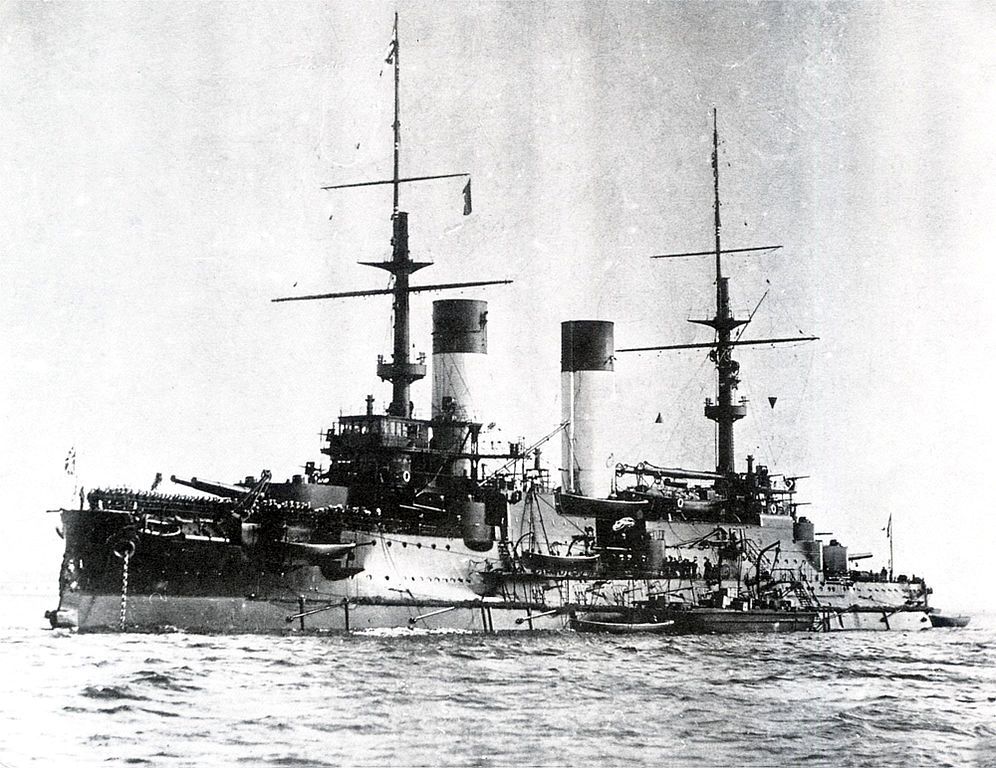
In the final moments of the Battle of Tsushima, the Knyaz Suvorov was severely crippled, with its steering damaged and fires raging across the decks. The ship, engulfed in flames and smoke, became a symbol of the Russian Navy’s determination and fortitude. Despite the hopeless situation, the sailors and officers continued to fight, refusing to surrender even as their ship was sinking. The legacy of the Knyaz Suvorov and her crew’s indomitable spirit lived on, remembered as a testament to the courage and sacrifice of those who faced impossible odds in one of history’s most formidable naval confrontations.
Historical Challenge: Can You Conquer the Past?
Answer more than 18 questions correctly, and you will win a copy of History Chronicles Magazine Vol 1! Take our interactive history quiz now and put your knowledge to the test!

